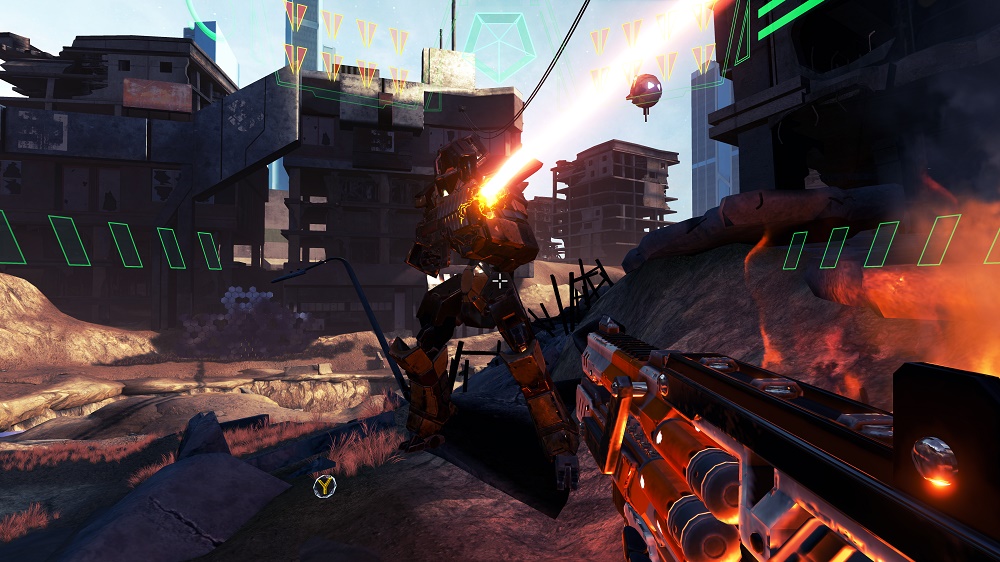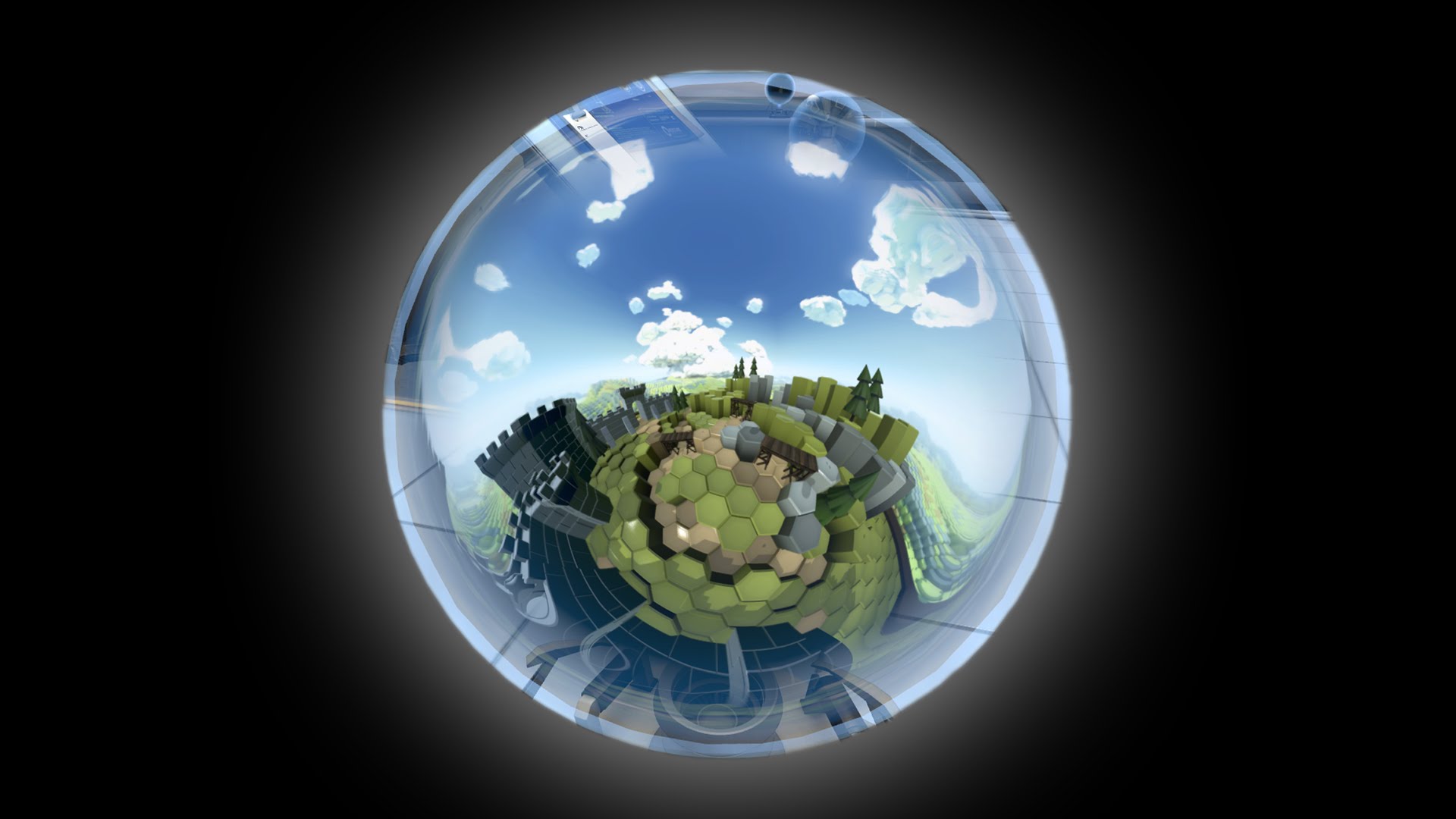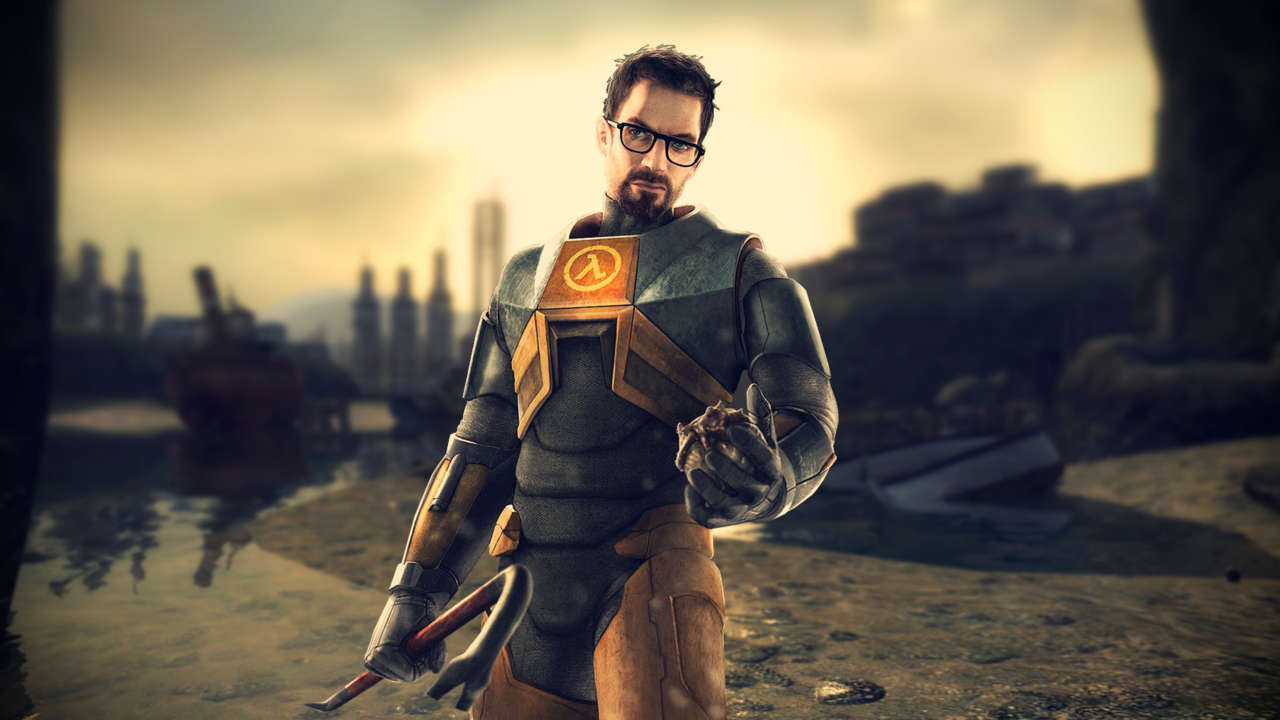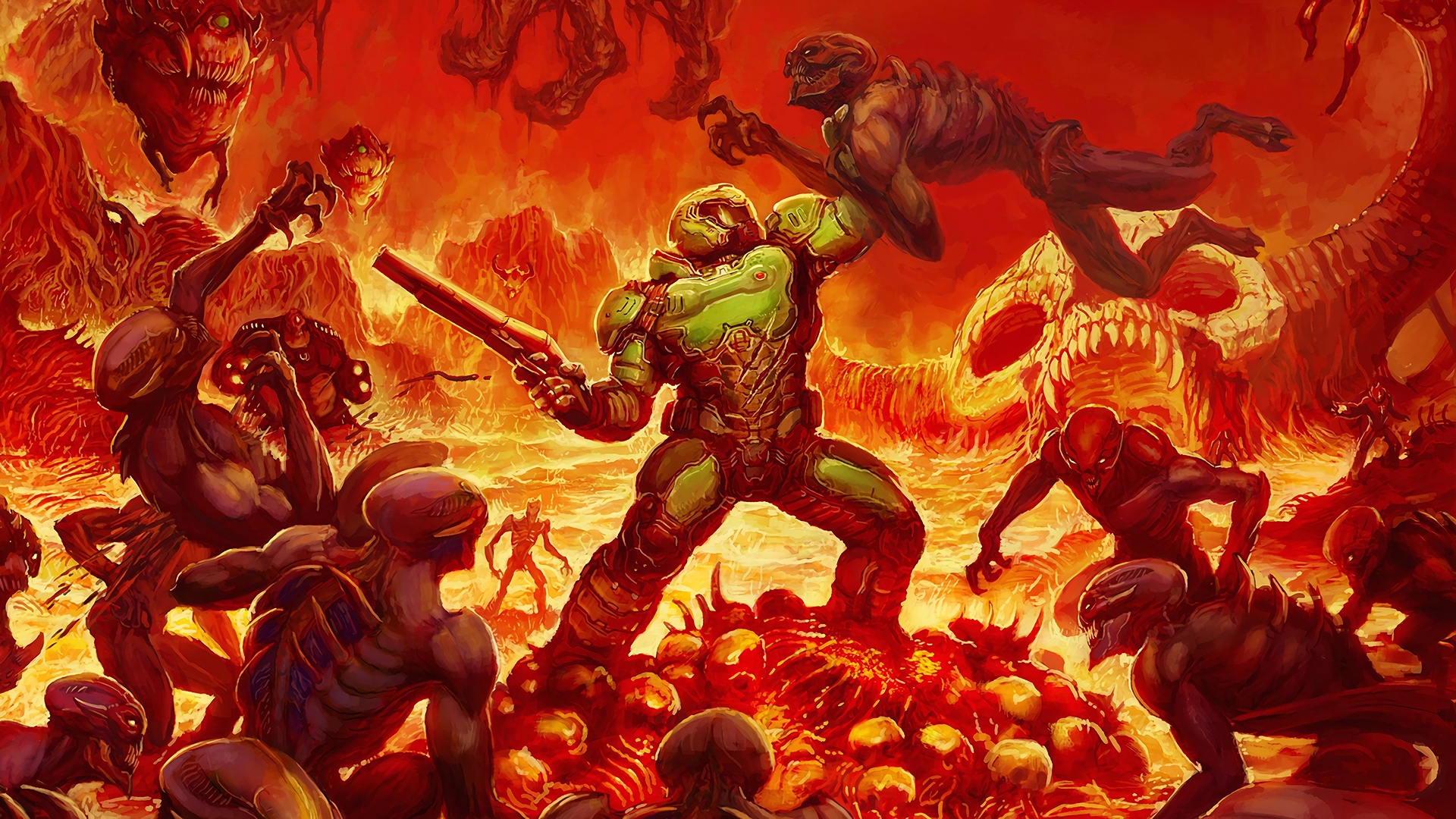It’s been about nine months since the Oculus Rift and HTC Vive officially launched the age of consumer-ready virtual reality and there’s no denying we’ve had some great times immersed in our personal holodecks. But with that being said, I’m ready (and I think everyone else is as well) for that one game that will turn VR from a jaw-dropping gimmick to a must-have device for those who haven’t yet converted. A game that will make people on the sidelines take notice, and decide that now is the time to join the VR revolution.
Where is that killer app?
Of course, there is that big Catch 22. Big games cost big money, and to recoup that development cost, lots of software sales are needed. But, how can you increase software sales with a tiny install base? How do you grow the install base without those big games that are required to sell the hardware? That’s a fundamental problem and can stall the mass adoption of VR hardware. Developers are waiting for increased hardware sales before committing massive budgets, and hardware sales won’t go up without those AAA games. You see the problem, right?
I have several friend who fell in love after demoing my Vive and Rift, but they always ask me where the big games are. They want games like The Elder Scrolls V: Skyrim, or Half-Life 2 for VR, and unfortunately there is nothing yet that fits those criteria. Nothing that spurred them to the store to put down hundreds of their hard earned dollars on a VR headset and potentially a brand new VR ready PC to go along with it. They don’t mind waiting for those big games, as they feel VR is still not providing that hardcore experience they are looking for. The lack of content is becoming an issue when the common thread among many online communities begins with, “So I dusted off my Vive/Rift the other day, and…”
Sure, there have been some great experiences in VR, with solid games like The Gallery, Damaged Core, Arizona Sunshine, The Unspoken, and several others, but nothing on the scale of something like the big AAA franchises that made headlines every holiday season. Oculus has been funding games with some exclusives and timed-exclusives for their platform, which has been controversial.
Home console manufacturers such as Sony, Microsoft, and especially Nintendo have established IPs that they can rely on for the launch of a new system. They can afford to spend the millions that are required for early AAA game development with the knowledge that they must sell the hardware first or people will move on to a different console. Third parties usually ease into console transitions having the same game come out on both current and next gen consoles, and thus negating all risk as they ramp up to the new audience.
Somebody’s gotta take that risk and put in the millions of dollars on that killer app, which will bring VR to the next level, both in terms of innovation and presentation. For where we are right now, I feel like Valve is the company that can and should do that. I’m sure they are working on some great content, but we can’t wait forever.
VR sales have been good, but are below original analyst expectations. VR’s long-term success is going to rely on getting the software out there that people want. Valve’s net worth is in the billions, and they have been pioneers in VR. They helped create the HTC Vive, establish roomscale tracking technology, motion controllers, and more. They have helped push VR sales, especially the Vive, by using its Steam platform to reach millions of gamers. Now is the time for money to be spent on bringing us the Valve-developed games we want.
My introduction to the Vive and motion controlled VR, much like many people, was The Lab. It’s created by Valve and its spectacular at what it sets out to do. To this day it’s one of the best experiences that one can have in VR. They brought out the ingenuity, the slick production values, and overall polish that Valve is known for. I had a blast with all the awesome mini games, from playing fetch with an adorable robot dog and controlling a tiny spacecraft with my hand while avoiding obstacles, to fixing a robot from the Portal series and shooting down at an oncoming army with my bow and arrow.
I assume Valve had hoped to spur on the indie developers to create the next generation of VR content, and while we have had some standout experiences, many games have ended up just being more tech demos and experiments than actual games. It’s the Wild West of VR game development, and it’s fun to see what some of these great indie developers have come up with, but I think it’s time to move on from the appetizers and get to the main course.
Our bodies are ready: we want Half-Life 3. Half-Life 2 was so revolutionary at the time, that many players wondered how and if Valve could ever surpass their magnum opus, and it seemed that the venerable studio was waiting for that next evolution of gaming to make their come back, something that will enable us to experience games in a new way, something that will recreate that magic feeling of using the gravity gun for the first time, something that will enable us to experience worlds like never before. That something is VR.
We also have the most obvious candidates for VR sequels, and that’s Left for Dead 3 and Portal 3. If anyone can figure out a way around all that gore, violence, teleporting, and flying through the air at breakneck speeds in VR, it’s Valve. How about a new Counter-Strike, too? Maybe the reason Valve is taking their time is to bring us Orange Box VR. I can dream, right?
It can’t rest entirely on the shoulders of Valve, and some AAA developers are finally making their move into VR. Bethesda has recently announced that they hope to make the entirety of Fallout 4 playable in VR, and they’ve shown a DOOM VR demo (but haven’t yet confirmed a full DOOM VR game) which looked fantastic. Ubisoft has been slowly getting into VR development with some smaller scale, more innovative games like Eagle Flight, Werewolves Within, and Star Trek: Bridge Crew, and even though the obvious game, entry Assassins Creed, hasn’t gotten the VR treatment, it’s still great to see the enthusiasm. We’ve even seen three VR games from famed game developer Insomniac Games, with Edge of Nowhere, Feral Rites, and The Unspoken.
But it’s not enough. If 2016 was the year of VR, then hopefully 2017 is the year of VR games.































